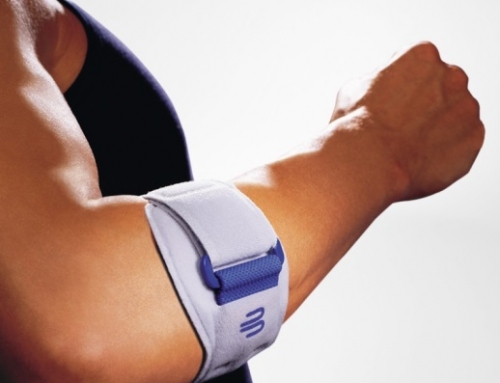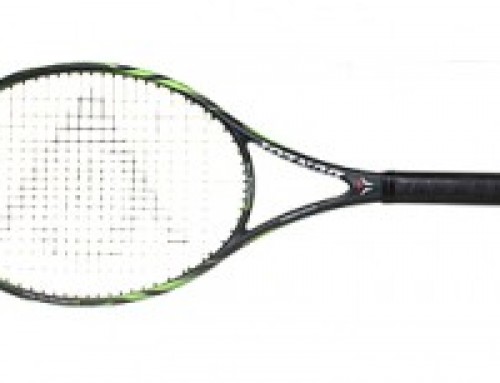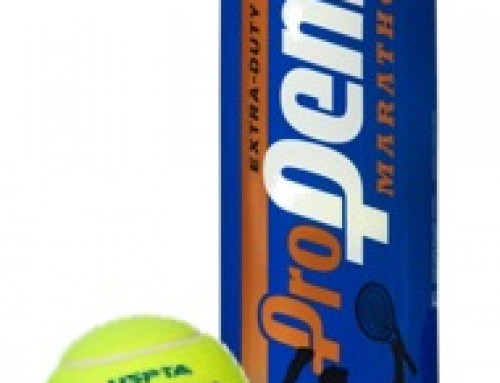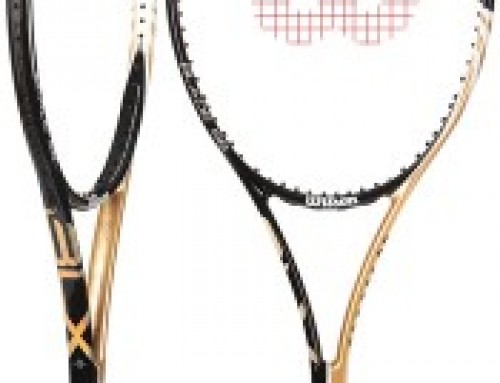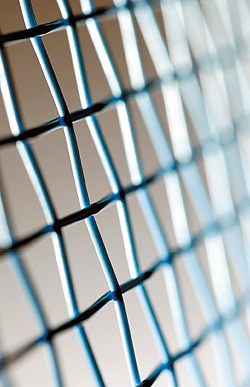 There are a number of threads in the Gear Review section that deal with strings. That’s understandable since the strings are the only part of our gear that touches the ball during play. There are many resources on the web that do a fine job of describing the different string types and their physical properties so there’s no sense in rehashing the basics of that information. What I hope to do is to explain in greater depth some of the finer points of string technology and science, provide some examples that help explain areas that seem to confuse many people, and show how we can then use this information to make choices to best help our tennis abilities. In a series of articles, I will put all of the different pieces of the puzzle together in a way that help you understand how choices in strings will affect your game, and factors in making informed choices that have the best chance of increasing your level of play. Hang in there for a little bit, and we’ll soon see how it all works together.
There are a number of threads in the Gear Review section that deal with strings. That’s understandable since the strings are the only part of our gear that touches the ball during play. There are many resources on the web that do a fine job of describing the different string types and their physical properties so there’s no sense in rehashing the basics of that information. What I hope to do is to explain in greater depth some of the finer points of string technology and science, provide some examples that help explain areas that seem to confuse many people, and show how we can then use this information to make choices to best help our tennis abilities. In a series of articles, I will put all of the different pieces of the puzzle together in a way that help you understand how choices in strings will affect your game, and factors in making informed choices that have the best chance of increasing your level of play. Hang in there for a little bit, and we’ll soon see how it all works together.
So when we choose a string, we are really looking for a combination of three primary string characteristics. These are power, spin, and a difficult-to-define attribute that I call “predictability. Let’s go over each of these three characteristics, looking at some of the science behind the scenes and how string choice affects our game, starting with the power level of the string.
One essential viewpoint to have when talking about the power level of a string is that the string and the ball should be thought of as springs. Unlike the metal springs that we’re all familiar with, the strings and ball don’t return all the energy it takes to flex them. The ball, being made of rubber and felt, absorbs much more of the energy going into compressing it than the strings do. Strings that do a better job of minimizing ball deformation will cause more of the energy of the impact to be returned, and the ball will come off the strings faster.
Wow, that sounds easy! Those web resources I talked about earlier mention that some string materials are more elastic than others. Is it really as simple as choosing an elastic string for more power, and an inelastic string for less power? Yes, but also unfortunately, here is where it gets a bit more complicated. While string elasticity is the primary factor in how powerful a string is, any of us that have tried several different strings know that there are slight differences between strings of even the same material, and that some strings just work better for our game than others. But what are these factors?
Here I think we need an example. Let’s say we have four different springs in front of us, and they differ in how much force it takes to compress them and also in how long they are, with the softest spring being the longest and the stiffest spring being the shortest. If you stand these springs on end and press down on them, it’s hard to tell much difference when you press on them lightly. However, the harder you press on them, the easier it is to feel a difference in how much they compress. There are two other characteristics that you can notice. One is that as the spring can only be compressed until the coils touch each other. At that point, the only way to compress it more is to break the spring. The other is that as the spring is compressed almost to the point where the coils touch each other, the amount of pressure required to compress it further increases exponentially. Up until that point, if you press twice as hard, you get basically twice as much compression.
This represents how the different string materials work. From least stiff to most stiff, the string equivalents of the springs would be natural gut, synthetic gut, polyester, and Kevlar. In the example, the length of the spring is equivalent to how much a string will stretch before it breaks. The length of the spring represents the range of racquet speeds over which you get a matching increase in ball speed for a matching increase in swing speed. As you near the end of the spring’s range of movement, you get less and less additional ball speed as you swing harder and harder, and I call this the string’s response deflection point. Keep note of that – it is important later on.
So how can we make use of this information? Stay tuned for part 2 of string power levels.



